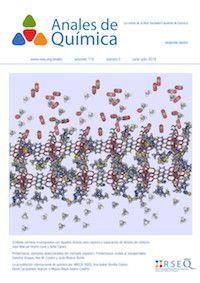Abstract
Carbon dioxide capture and separation is a burning problem for the energetic implications that the emissions of this gas entail. The search of proper materials that improve conventional industrial processes is a challenge that gets even more complicated with a range of promising emerging possibilities. In this work, we analyze one of the options that have recently been proposed for carbon dioxide uptake and separation processes. This consists of the use of crystalline porous materials impregnated with ionic liquids. The use of state-of-the-art molecular simulation methods allows us to identify the effect exerted in these processes by the nature of the solvent, the composition of the ionic liquid, and its distribution inside the pores of the crystal.


